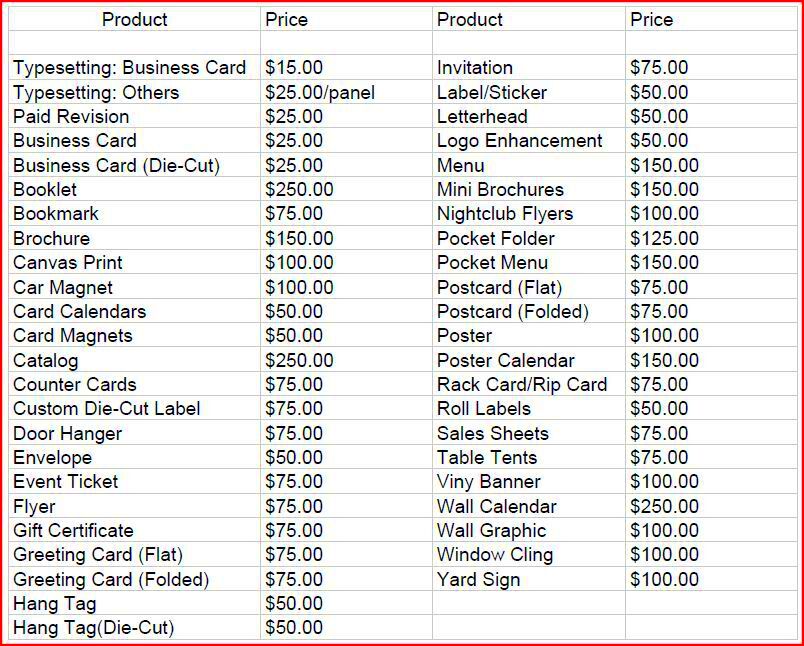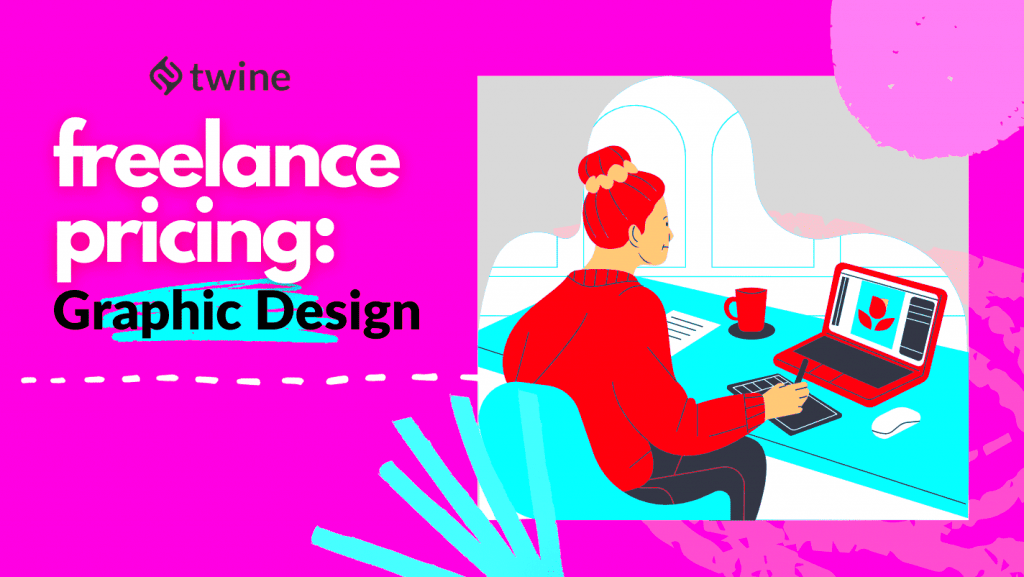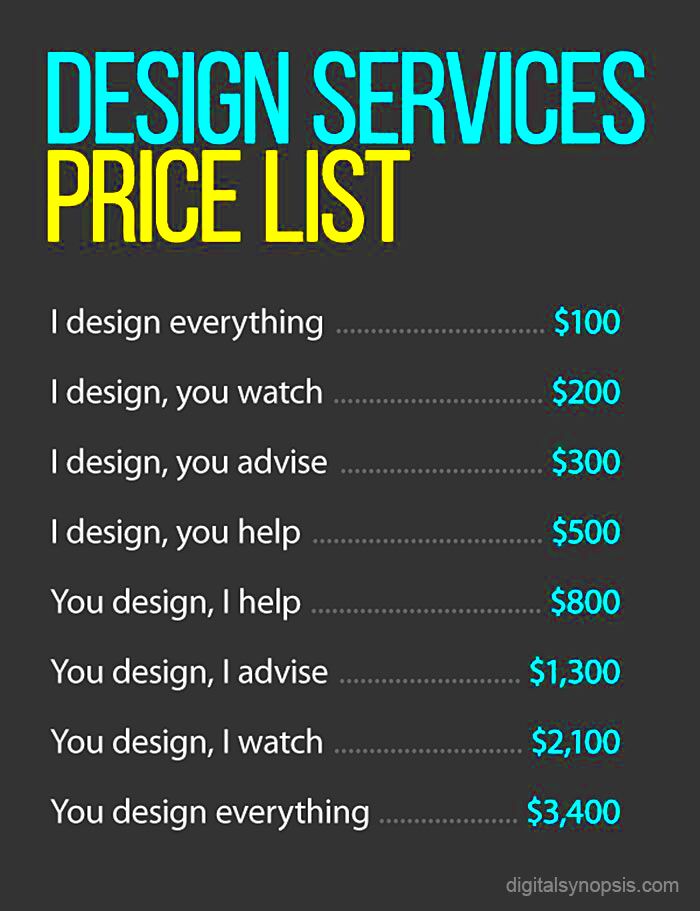It is not easy to set charges as a freelance designer. This is a challenge faced by most starters who choose to be designers. Nevertheless, it is crucial for both your financial stability and professional reputation that you know how to price in freelance design. Your prices should reflect what you can do, how long you have been doing it and the value that you provide your clients. It’s not only about recovering expenses but also ensuring that you get the right payment for the artistic job done.
Factors Influencing Your Rates

You, as a freelance designer, must look into several things to determine your rates. Some of the things are;
- Experience Level: More experienced designers can command higher rates due to their proven track record.
- Specialization: If you specialize in a niche area, such as UI/UX or branding, you might charge more than a generalist.
- Project Complexity: More complex projects requiring advanced skills typically warrant higher fees.
- Client Type: Working with larger businesses often allows you to charge more than small startups.
- Geographic Location: Your location can influence your rates, as costs of living vary significantly.
- Project Duration: Longer projects might be priced differently than shorter, one-off tasks.
Also Read This: How to Create a Fiverr Writing Account
Researching Market Rates for Designers

In order to maintain a competitive edge in pricing, freelancers need to take time and find out about price tags that other designers have placed on their work. A few ways to do this are:
- Online Freelance Platforms: Websites like Fiverr, Upwork, and 99designs provide insight into pricing structures. Check similar gigs to see what others are charging.
- Industry Reports: Look for reports from design organizations that provide average rates based on experience and specialty.
- Networking: Connect with other designers through social media or local meetups to share insights on pricing.
- Surveys: Conduct surveys among your peers to gather data on rates and experiences.
Thorough investigation on it all could enable you to identify a median balance of your abilities and still remain in the competition.
Also Read This: How to Put Tags in Your Fiverr Gig: A Comprehensive Guide
Setting Your Own Rates

Setting your own rates as a freelance designer is one of the essential steps that are crucial for the sustainability of your business. It is not just about choosing a figure; it has more to do with realizing your value and the right amount between client expectations and what you must have. To begin with, look into your skills, experience plus services given by you. Try to make sure that the price matches with standard of work you provide.
Here are a few tactics to support you in favour of your pricing:
- Assess Your Skills: Take an honest look at your design skills and experience. Are you a beginner or do you have years of experience? This will heavily influence your rates.
- Evaluate Service Offerings: Consider the range of services you provide. Complex services, like branding or web design, should be priced higher than simpler tasks.
- Choose Your Pricing Model: Decide whether you want to charge hourly, by project, or retainer fees. Each model has its advantages and disadvantages.
- Test and Iterate: Don’t be afraid to adjust your rates based on client feedback and market demand. Start with a reasonable figure, then refine it over time.
In the end, setting rates should be aimed at distinguishing how much you honor yourself and offering something attractive to potential clients.
Also Read This: How to Get Your First Order on Fiverr
Communicating Your Value to Clients
When you get the rates ready, the next thing to do is let the customers know about your conditions. Customers always want to know if they are getting value for their money. It’s essential to explain why you charge certain prices and also to show them how they can profit from your services.
There are various methods which can be used to communicate your worth effectively.
- Showcase Your Portfolio: A strong portfolio speaks volumes about your capabilities. Include your best work that demonstrates your skills and unique style.
- Highlight Client Testimonials: Share positive feedback from past clients. Testimonials can provide social proof that you deliver quality work.
- Discuss Your Process: Explain your design process to clients. When they understand the steps involved, they see the effort and expertise that go into your work.
- Be Transparent: Clearly outline what is included in your rates, such as revisions or additional services. Transparency builds trust.
Without hesitating at all, clients who know the value you give will accept your rates.
Also Read This: How to Choose a Logo Designer on Fiverr
Adjusting Your Rates Over Time
If you are a freelance designer, it's important to periodically adjust your rates as you develop and change. Changing your pricing over the years is one of the ways to be on line with other freelancers and also earn what you deserve based on your experience and expertise. Among them are:
- Experience Growth: As you gain more experience and improve your skills, it’s natural to increase your rates. Consider a yearly review to adjust based on your growth.
- Market Changes: Keep an eye on market trends. If rates for similar services are increasing, it may be time to raise your prices as well.
- Feedback from Clients: Pay attention to how clients react to your rates. If you consistently win projects, your pricing may be too low. Conversely, if you struggle to get clients, it may be time to reevaluate.
- Additional Skills: If you acquire new skills or certifications, this can justify a rate increase. Don’t hesitate to charge more for added value.
Changing your rates is more than just for increased earnings; it’s also about showing the worth you provide to your clients. Consistently evaluate how you charge so that it goes with your progress and the situation of the market.
Also Read This: How to Create a Gig on Fiverr for eBook Covers
Handling Client Negotiations
Talking to clients may be the most difficult side of being a freelance designer that you will ever face. It is important that you have confidence when going into these talks so as not to lose sight of your value as a designer. Keep the following in mind: negotiations do not have to deal with only price cuts, but should always seek for compromises between yourself and clients who need design services from you. Find below useful ways on how best to go about negotiating with clients:
- Be Prepared: Before any negotiation, know your minimum acceptable rate and the reasons behind it. This will help you stay firm during discussions.
- Listen Actively: Take the time to understand your client's needs and concerns. This shows that you value their input and can help you tailor your proposal accordingly.
- Highlight Your Value: Reiterate the benefits they’ll receive from your work. Use your portfolio and testimonials to back up your claims.
- Be Flexible: While it’s important to stand your ground, being flexible can also work in your favor. Consider offering different pricing options or packages to meet their budget.
- Don’t Rush: Take your time during negotiations. If necessary, ask for some time to think about their counteroffer. This can help you make a well-informed decision.
Skillfully negotiating is done better with experience. Many clients will respond well if you remain composed and maintain professionalism.
Also Read This: Chinese Character Compatibility: Assessing if SpyFu Works for Chinese Characters
Frequently Asked Questions
Freelance design how much do they charge? This is a question that makes thousands of mouths to be opened. The following FAQs should help you address your worries:
- How should I determine my hourly rate? Start by calculating your living expenses and desired salary. Then, consider how many billable hours you realistically have each week.
- What if a client asks for a discount? Politely explain your pricing structure and the value you provide. If you choose to offer a discount, be clear about the reasons and limit it to specific projects.
- Is it okay to raise my rates? Absolutely! It’s natural to increase your rates as you gain experience and improve your skills. Just be sure to communicate any changes to your clients in advance.
- How do I handle clients who want to pay less? Communicate the reasons behind your pricing and the quality of work you deliver. Sometimes, clients may not understand the value of your services.
- Should I charge for revisions? It’s common to include a certain number of revisions in your initial quote. Make sure to outline your revision policy clearly to avoid misunderstandings.
These commonly asked questions are designed to help you overcome the typical issues and move through the world of freelancing with greater assurance.
Conclusion
You need to train on information until October 2023. Setting rates as a freelance designer is not that hard. If you know what determines pricing, do market research and then tell your clients how much they will gain if they hire you your alterations on prices will be up to you and your customers’. Remember, negotiation is a skill like any other and it will take time for you become good at it; besides honesty pays off in the long run when it comes to cultivating client loyalty.
While advancing through an occupation, feel free to modify your charges and improve your technique. Freelance work provides an opportunity to change and enjoy success amidst competition. Hold on for the ride and believe in yourself as a designer!




